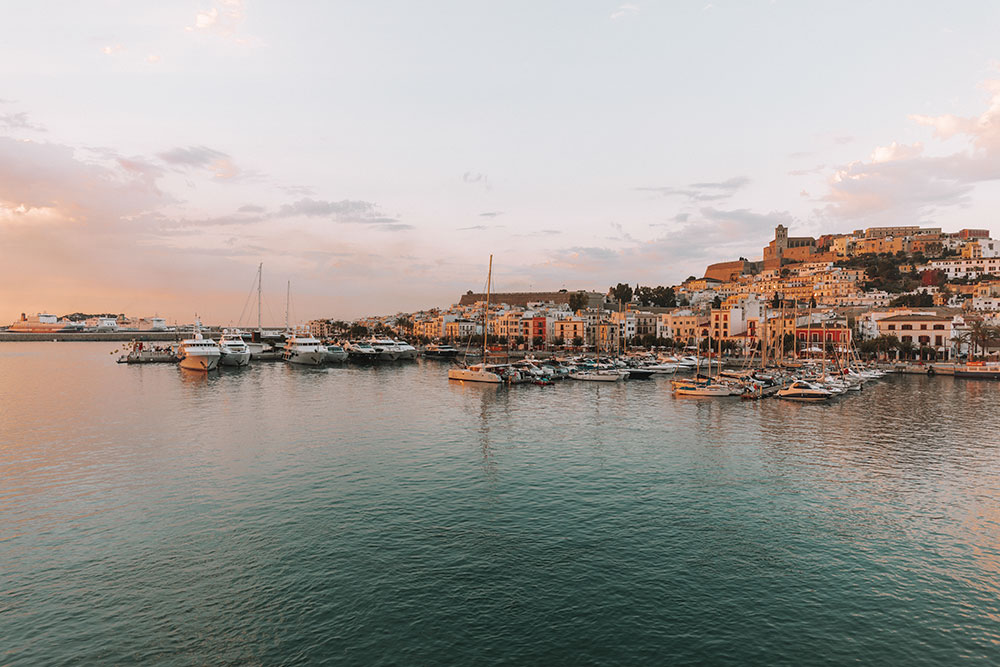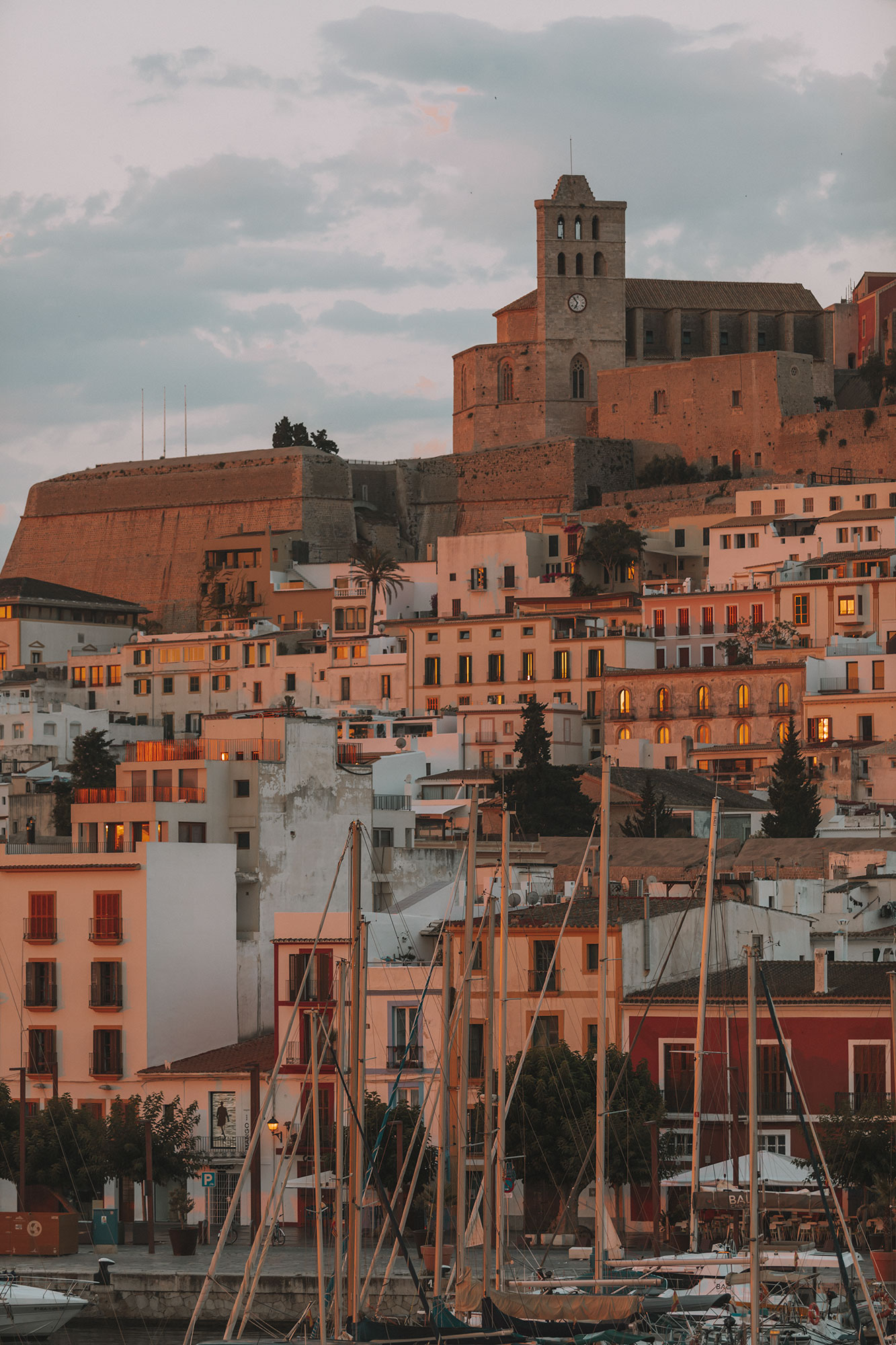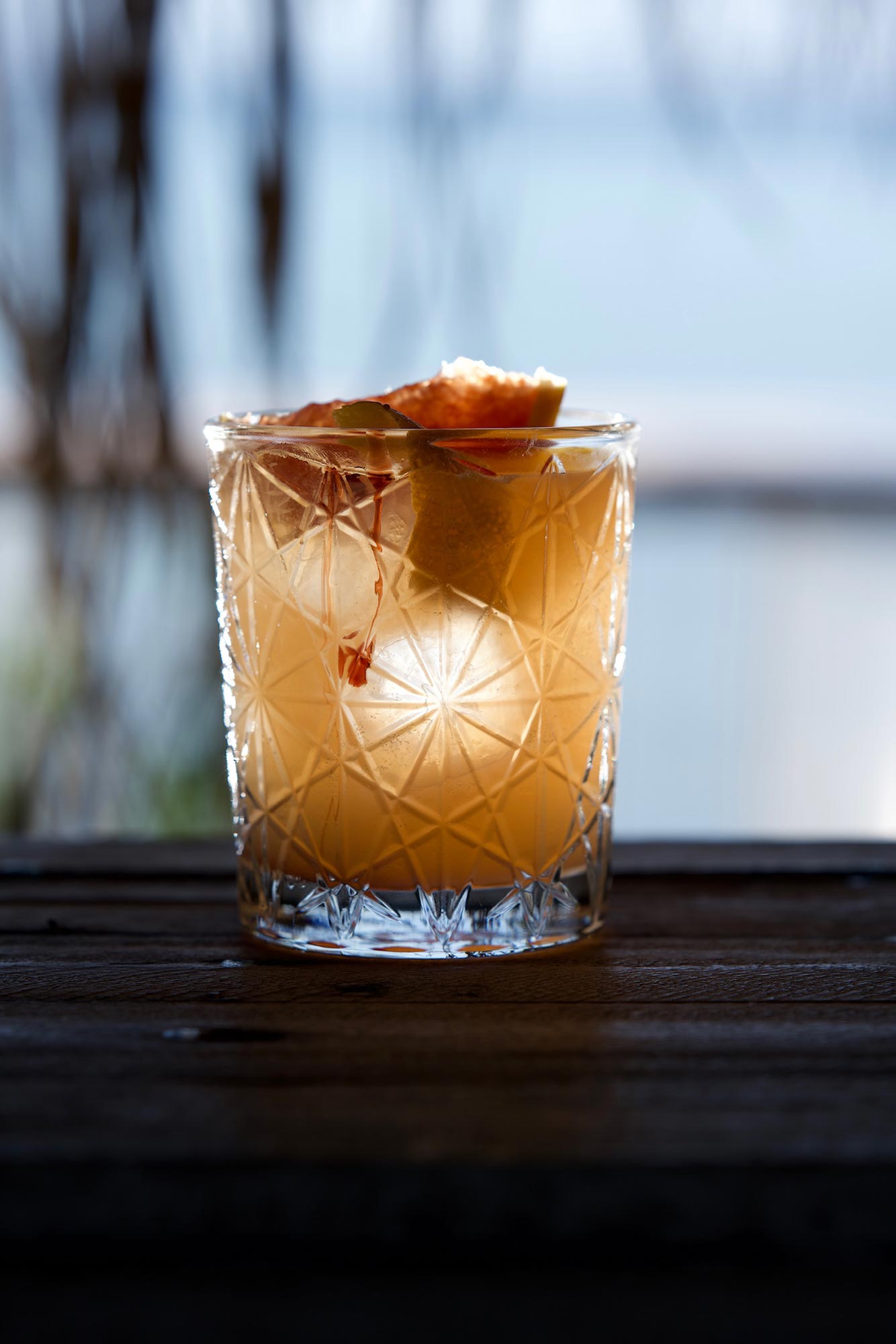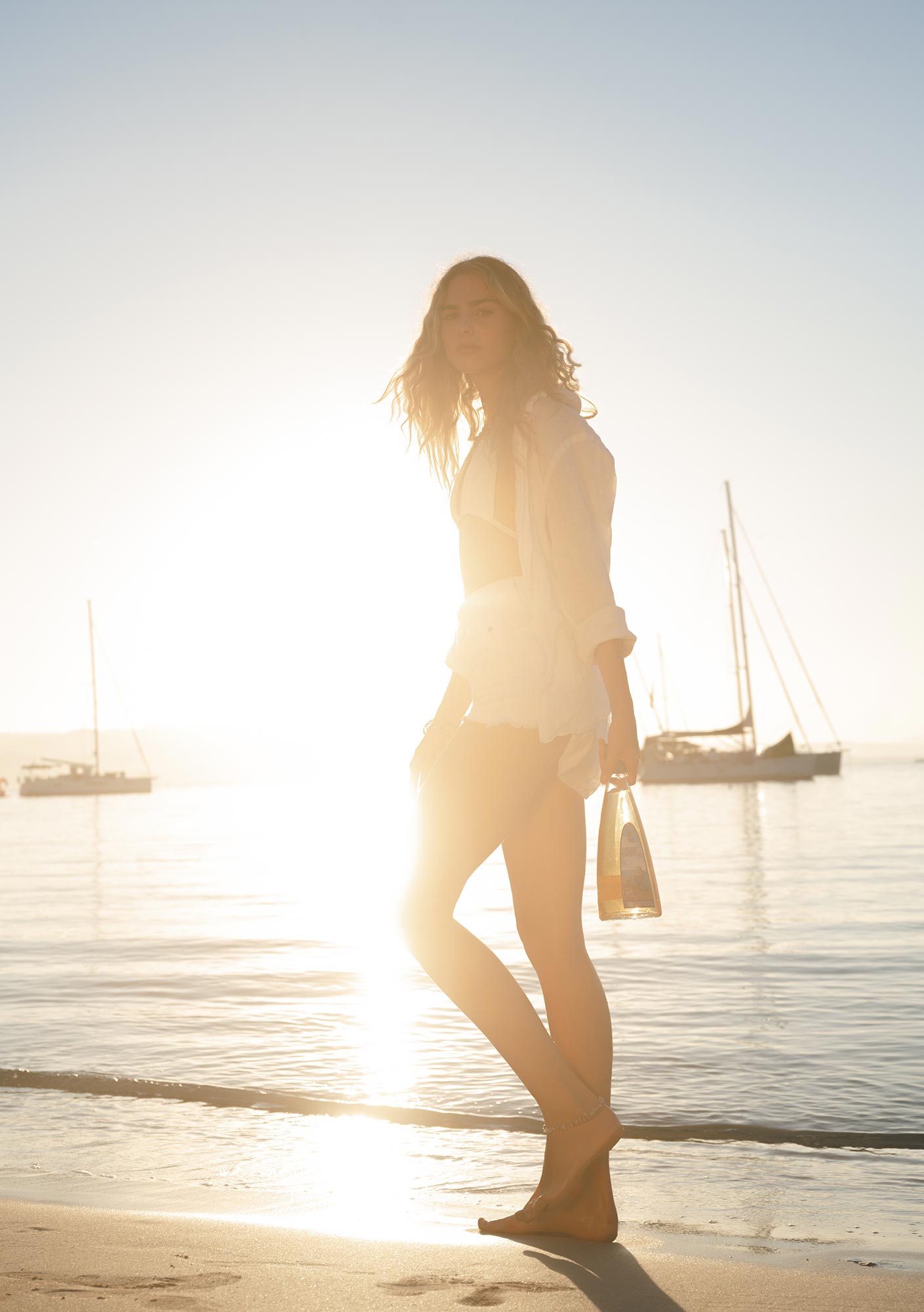What do a beautiful old town overlooking the sea, an ancient Phoenician settlement, the largest living creature on the planet and an important burial site have in common? Yes, they are all to be found on our magical White Island, but they were all declared World Heritage Sites by UNESCO 25 years ago. On 4th December 1999, Dalt Vila, Sa Caleta, the Posidonia Oceanica meadows and the Necropolis of Puig des Molins received this distinction for their historical and ecological importance. Initially, the candidacy was promoted by the residents of Dalt Vila themselves and, although it did not prosper, that was the seed that led to the presentation of a new project in the 1990s with the support of the Town Council of Eivissa and the whole of Ibizan society at the time.
Of the catalogue of assets recognised as universal treasures, Dalt Vila is probably the best known. This imposing historic quarter, whose name means ‘the high city’, was founded by the Phoenicians and preserves traces of the great civilisations that passed through the island, such as the Carthaginians, Romans and Arabs. A must-see with countless cobbled streets and charming corners, where you will find the Museum of Contemporary Art (MACE), the Puget Museum, the Marina Yabisa interpretation centre, Es Polvorí, the diocesan museum, the Dominican convent and the Cathedral. It also has beautiful viewpoints and bastions and the only perfectly preserved Renaissance walls in Spain. Designed by the engineer Giovanni Battista Calvi and built in the 16th century over a period of more than 30 years by order of Charles I and Philip II to defend the island from pirate attacks, the walls are an impressive example of Renaissance military architecture and are depicted on the city’s coat of arms.
Much less known, the settlement of Sa Caleta is one of the earliest Phoenician settlements in the western Mediterranean and its first base on the island in VIII B.C. Rediscovered in the 1980s, it was threatened by the urban development of those years, but the intervention of archaeologists and, above all, the subsequent declaration as a World Heritage Site, helped to protect and preserve this valuable settlement that provides crucial information about the first cultural and commercial contacts in the Mediterranean.

The Posidonia Oceanica meadows are essential for the conservation of marine biodiversity and are responsible for the incomparable transparency that has made the waters of Ibiza and Formentera famous. An endemic plant and the lungs of the Mediterranean, it oxygenates the sea, prevents coastal erosion, provides shelter and food for a multitude of marine species and has also been a basic pillar in activities as important as fishing and tourism. A true natural treasure that covers an area of some 650 km2 and has more than 100,000 years of life, making it the largest and longest-lived living being on the planet.
Finally, the Necropolis of Puig des Molins has more than 3,000 Phoenician, Punic and Roman tombs. Over the centuries, the necropolis of Puig des Molins has been discovered and rediscovered several times, due to its extensive size and large number of hidden tombs. Its name comes from the existence of centuries-old windmills on its summit, some of which are still preserved and have been declared an Asset of Cultural Interest. The necropolis offers a very valuable insight into the funerary practices and daily life of these ancient civilisations and has a very interesting museum to round off your visit.
The year of Ibiza’s declaration as a World Heritage Site there were big events and celebrations on the island. Now, 25 years later, Ibiza Town Hall has prepared an extensive and varied programme of activities to celebrate the recognition of Ibiza’s cultural and natural wealth, and the importance of preserving it for future generations.






